
A competitive economy is a prerequisite for the success and development of the Estonian state
Why "Ambition is a Choice"?
The economic pact and the call "Ambition is a Choice" were launched by business organisations at a time when the Estonian economy has been in recession for more than two years and the state budget for 2023 was below expectations. Tensions have grown in society as there are not enough resources to finance all the country's development needs.
The money to run the Estonian state and provide public services comes from businesses - our people go to work, drive businesses and pay payrolls and income taxes, and VAT on the consumption of goods and services.
Consumption and labour taxes account for 85% of national revenues.
The amount of these taxes that will be paid into the common budget depends on how high wages local companies can pay. This, in turn, depends on how competitive companies and the economic area are.
If we want to build an Estonian state that cares and thrives, it is time to take a collective steps towards relaunching the smart economy. If the economy does not start to grow, it will not be possible to meet society's growing expectations - teachers' salaries cannot be increased, health services and pensions cannot be provided, funding for culture and education cannot grow.
The economic pact is a call for businesses and business organisations, as well as government and policy makers, to focus together on economic development and take the next steps to achieve it.
There is no better moment to adapt to change. The best time to take the next step is now. All you need is the courage and the will to get started.
Ambition is a choice.
What change needs to be triggered

Ambitious

Innovative

Sustainable

Exporting

Ready to cooperate
Ambitious
Innovative
Sustainable
Exporting
Ready to cooperate
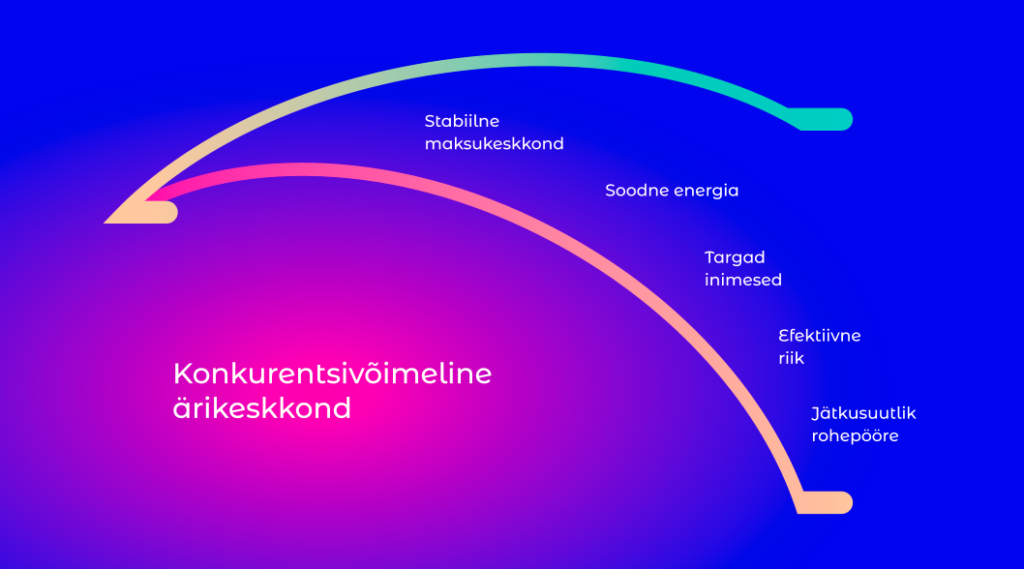
Economic change must be enforced together
The Estonian Economic Pact
Ambition is a Choice
The parties will enter into a Memorandum of Understanding (MoU) with the aim of achieving an ambitious, innovative and collaborative economy by 2035 to ensure the vitality and development of Estonia.
Social agreement is necessary because Estonia's economy, the country's development capacity and the well-being of its people have stagnated, and we need a clear strategic focus for a new leap forward. Both the private sector and the country need to make ambitious choices to kick-start economic change.
1. The Parties affirm that the sustainability of the Estonian state is based on a competitive economy, which ensures an increase in incomes of working people and business income, and thus an increase in tax revenues necessary for the development of the state.
2. We understand that big changes do not happen overnight, which is why we are making the development of a higher value-added economy a top priority for Estonian governments over the next decade.
3 Ensuring Estonia's development is not just a task for the state, but a social agreement and an agenda, where ambition is set by both private and public actors and everyone takes the next step.
As a result of our joint steps, we are moving more firmly towards the goal of increasing the productivity of Estonian companies to 110% of the European average, as set out in the Estonia 2035 strategy.
The next step for businesses
As an ambitious, innovative and collaborative company, the aim is to increase competitiveness through innovative products and services that increase added value and export volumes.
The next step for government
The goal of an ambitious and innovative Estonian economy at the national level is a competitive business environment that fosters structural change towards value-added growth.
FOCUS and CO-OPERATION are the key factors for the implementation of the agreement.
The parties take responsibility for keeping focus and working together to achieve the objectives. The partners will lead the implementation of change and monitor progress towards the targets set.
Everyone takes the next step!
The Pact aims to
1.
Be a framework for political parties and governments and elections
2.
Choosing a focus from the Estonia 2035 vision
3.
Bringing public and private sectors together to work towards a common goal
5 steps for the private sector
The hallmark of an ambitious, innovative and collaborative company is an increase in international competitiveness through innovative and sustainable products and services that increase added value and export volumes.
Overall measure: Enterprise value added per employee. Target value: 10% annual growth in value added per employee.
Innovation performance measure: Assessment of the innovation performance of a company based on ISO 56002 or the standard-based model innotrepp.ee.
Each company chooses the steps and metrics that are right for them to meet the target:
a. Develop differentiated products and services for export and increase the share of innovative, higher value-added products and services in total turnover by 10% per year.
a. We invest in new technologies and companies with higher added value potential.
b. Fulfilling our role in the Estonian Science Pact and allocating at least 2% of turnover, or at least €1 million for larger companies, to R&D every year.
a. We will increase our company's export ambition beyond our home market and neighbouring countries, with the aim of increasing exports by 10% per year or above the industry average.
a. We are developing the digitalisation and automation of the business with the aim of increasing labour productivity by 10% per year.
a. We are building a culture of innovation and improving the quality of management.
b. We will work more boldly with universities, partners and other businesses to develop new products and services.
8 steps for the State
The hallmark of an ambitious and innovative Estonian economy at the national level is a competitive business environment that fosters structural change towards value-added growth.
To achieve the target, the state will focus on three steps to bring about ambitious change and five steps to ensure the basic conditions for economic competitiveness.
Steps to unleash the ambition of a higher value-added economy
Overall indicator: European Innovation Scoreboard ranking Target: Estonia becomes an innovation leader by 2035 (2022: moderate innovator).
a. We will increase national research and innovation policy investment to the level of 1.5% of GDP.
b. Dedicate 0.2% of GDP to private R&D through public subsidies and tax incentives, in line with the OECD average (Estonia 2020: 0.06%).
a. Ensure access to capital. Access to capital of the European Central Bank survey at least 50% of companies have access to capital. estimate that access to external finance is not a problem (Estonia 2023: 18% of entrepreneurs).
b. Increase Estonia's attractiveness as an investment environment. Estonia ranks 6th in the EU in terms of foreign direct investment (Estonia 2022: 8th place).
a. We will boost exports of Estonian goods and services by 10% a year, including higher value-added exports.
b. Ensure high-quality and modern infrastructure for the export of goods and services, including road, rail, air and digital connectivity.
Basic conditions for economic competitiveness
Overall metric: ranking in the IMD Global Competitiveness Ranking Target: Estonia will be in the TOP15 by 2030 and in the TOP10 by 2035 (rank 26 in 2022).
a. Keeping the tax burden among the 10 lowest in the EU (as a share of GDP).
b. Maintain long-term investment security and the first place in the TAX Foundation's international competitiveness ranking of the tax system.
a. Facilitate the recruitment of foreign workers to cover labour shortages in OSKA projected areas, and make it easier for Estonia to recruit foreign workers. OECD Talent attractiveness indexs TOP10 (currently 21st out of 38 countries).
b.Ensure investment to increase the number of engineers and R&D staff in the private sector. Target: 4.53 employees per 1000 inhabitants (2022: 2.23 employees per 1000 inhabitants.).
a. We guarantee security of supply and the same final energy price as the Nordic region.
a. We will reduce the time it takes for state and local authorities to make decisions on planning and permits by three times , andreduce the reporting burden on businesses by 50% through automation, digitisation and smarter use of data (including the application of artificial intelligence).
a. We will ensure that Estonian regulations do not go beyond those of the European Union and do not impose restrictions that undermine competitiveness.
b. The state supports the creation, development and deployment of environmentally friendly technologies through incentives and sustainable public procurement.
Parties to the Economic Pact






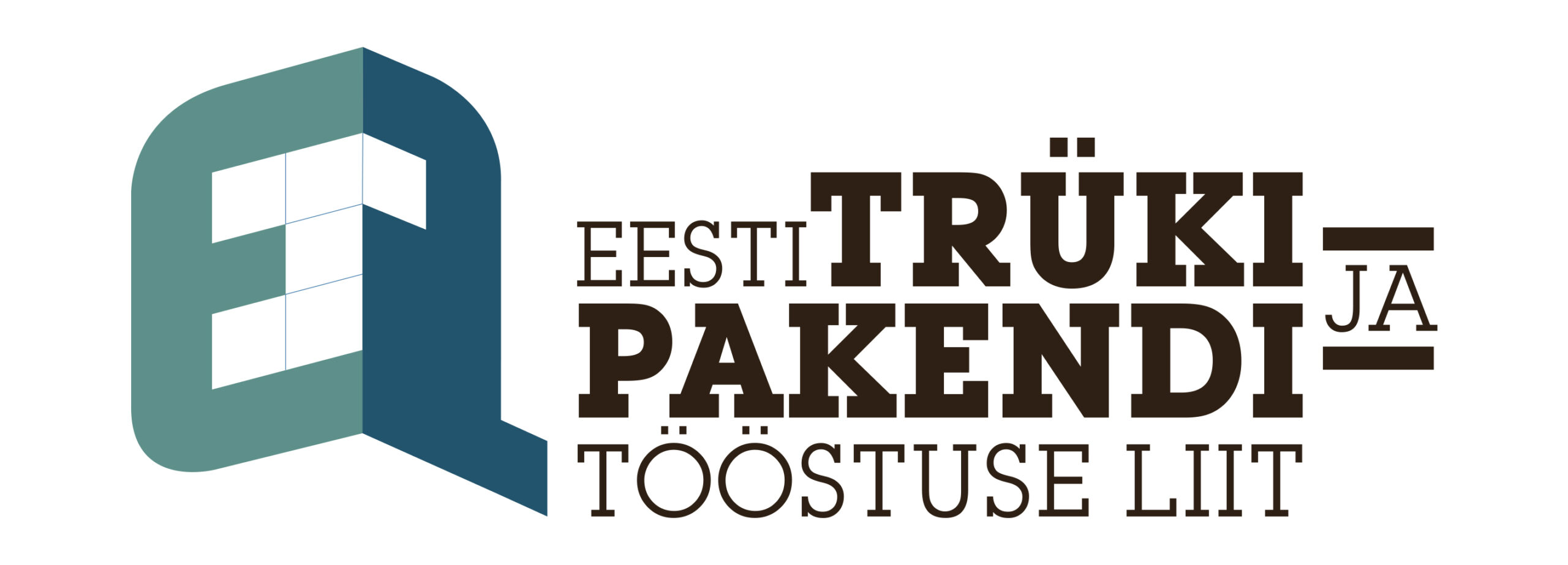







Presentation of proposals for an economic pact at the Kite Flight conference
14 March 2024
Spokespersons for the Economic Pact

Otto Pukk
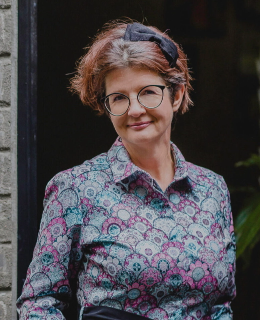
Kai Realo
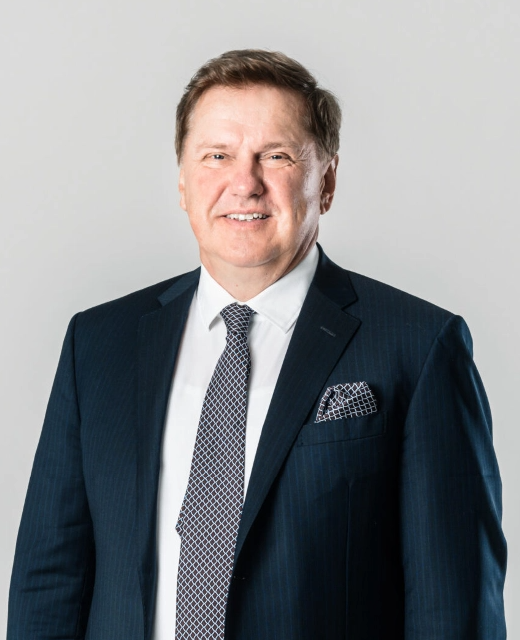
Ain Hanschmidt

Veljo Konnimois
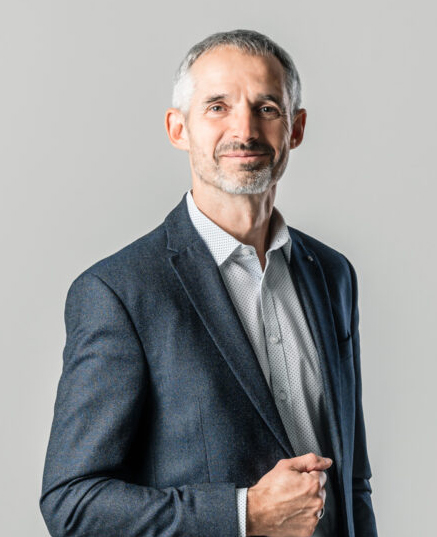
Ivo Suursoo

Ain Käpp
Supporters of the PACT and next steps for businesses

The economic pact "Ambition is a Choice" was born in 2024 under the leadership of the Confederation of Estonian Employers, in cooperation with researchers, companies, professional associations and the public sector.